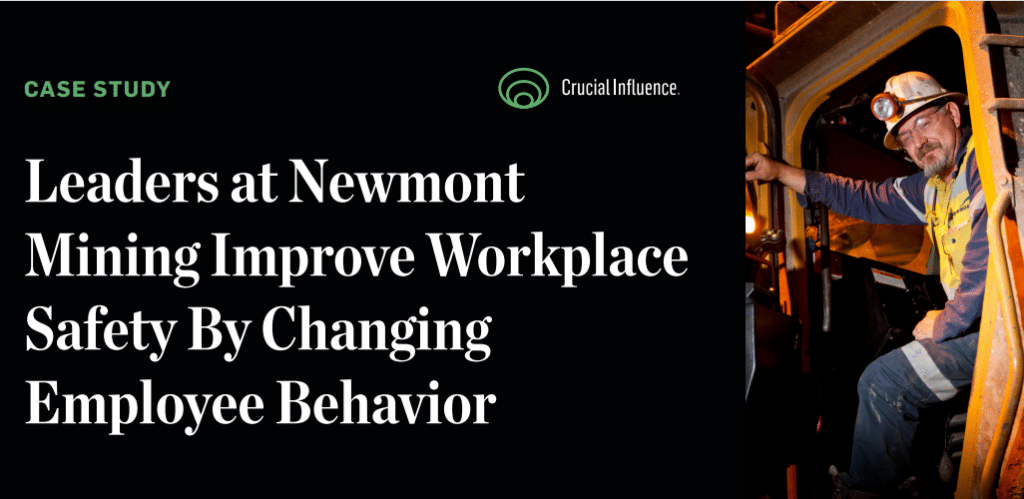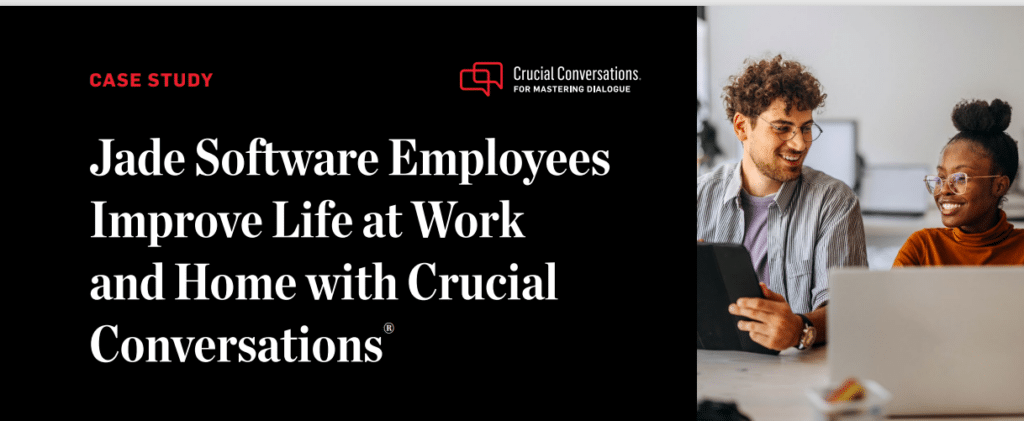Most executives have given up on influence.
I spoke with the CEO of a large defense contractor a number of years ago who was in the fight of his life to try to save the organisation. Thousands of jobs would be lost unless they could fundamentally change behaviour across the organisation in a way that would help them win new work. And yet, he told me that for 25 years their efforts to affect this kind of behaviour change had failed dismally.
I also spoke with the CEO of a hospital a few years ago who was trying to reduce unnecessary infections in the hospital. All he had to do was get people to wash their hands regularly after contact with patients. And yet, after everything they’d attempted, fewer than one in three employees in his hospital were washing their hands the way they were supposed to.
We’ve given up on influence. How about you?
Have you ever lamented a lack of teamwork, execution failures, or other chronic problems, but refused to try another corporate program to change things because none of the previous programs ever worked? Are you like many leaders who are comfortable changing processes or restructuring policies, but baffled about how to fundamentally influence the behaviour of people in a sustainable way?
It’s time this changed. Not only is it possible for you to influence behaviour in the workplace, but it can be done quickly, and create sustainable results.
Here are a few things you can do:
Step 1. Clarify the results you want to achieve, along with a way to measure them.
Step 2. Identify a handful of the high-leverage, or what we call vital behaviours, that if changed will lead to those results.
Step 3. Open your eyes to the six ways your organisation is perfectly designed to create the unhelpful behaviour you’ve currently got. For example, if people are failing to wash their hands, there are six categories of influence that are contributing to those failures. Until you can recognise all six of those categories of influence, you’ll be ineffective at changing that behaviour.
Step 4. Last, marshall those same six sources of influence to both motivate and enable people to change.
By following these four steps you’ll experience fewer false starts, fewer failed change efforts and markedly better results!





